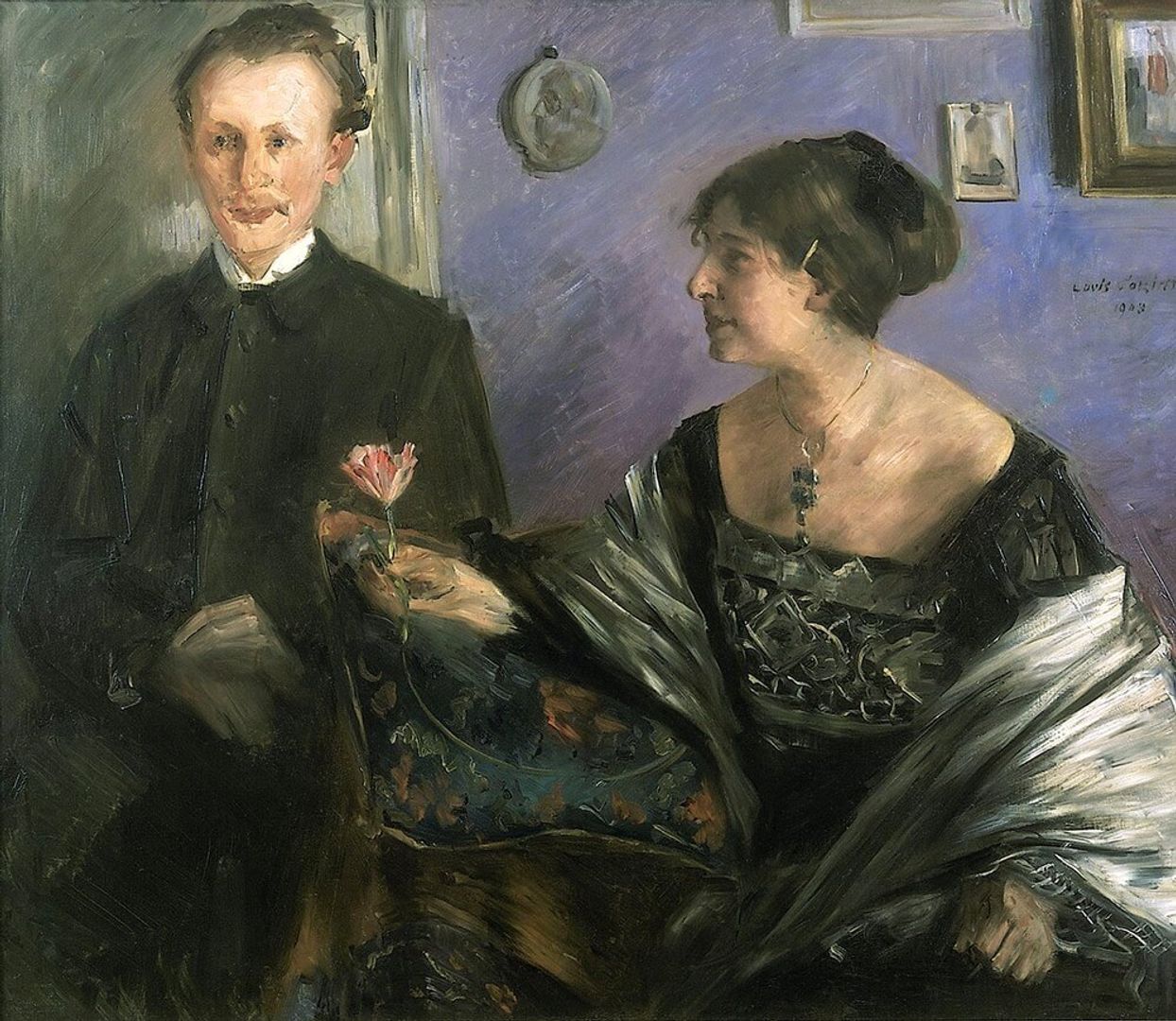National Museum in Szczecin
7.06

Overview
The National Museum in Szczecin, established on August 1, 1945, is a multi-departmental cultural institution that houses a wide-ranging collection encompassing archaeology, historical and contemporary art, numismatics, and ethnography. Initially launched as the City Museum through the initiative of Lech Krzekotowski, it later gained district and national status, and now safeguards over 150,000 objects. Among its holdings are masterpieces of medieval art and Poland’s largest collection of African art.
The museum operates across six venues in Szczecin, including the Main Building at Wały Chrobrego, which displays works such as paintings by Lucas Cranach the Younger and the Saint John Polyptych. The Museum of Regional Traditions features collections related to the history of Pomerania, while the Museum of the History of Szczecin focuses on daily life in the city across various eras. The Dialogue Center Breakthroughs, in turn, concentrates on social issues and protest movements.
The museum’s architecture blends modern design with historical buildings, creating a unique setting for the exhibitions. Interestingly, part of the collection consists of remnants from former German institutions, and some of the more valuable artifacts were transferred from the National Museum in Warsaw. The numismatic collections and objects related to non-European cultures are also highly significant, showcasing the world’s artistic diversity.
The National Museum in Szczecin plays a vital role in preserving and promoting not only regional but also national culture, engaging in diverse projects and exhibitions that bring to life the rich history and heritage of Pomerania.
Location
District
City center
City
Szczecin
Tertiary Administrative Division
Kolbaskowo
County
Gryfino County
Country
Tickets
Powered by GetYourGuide
2025 Wizytor | All Rights Reserved